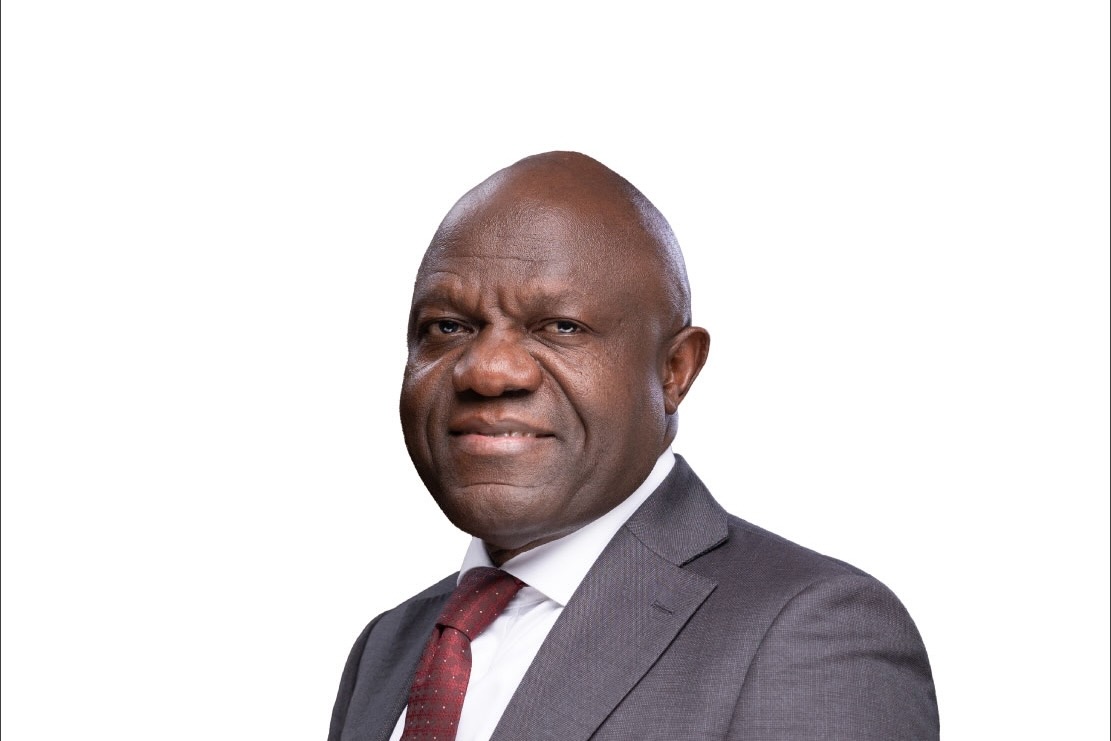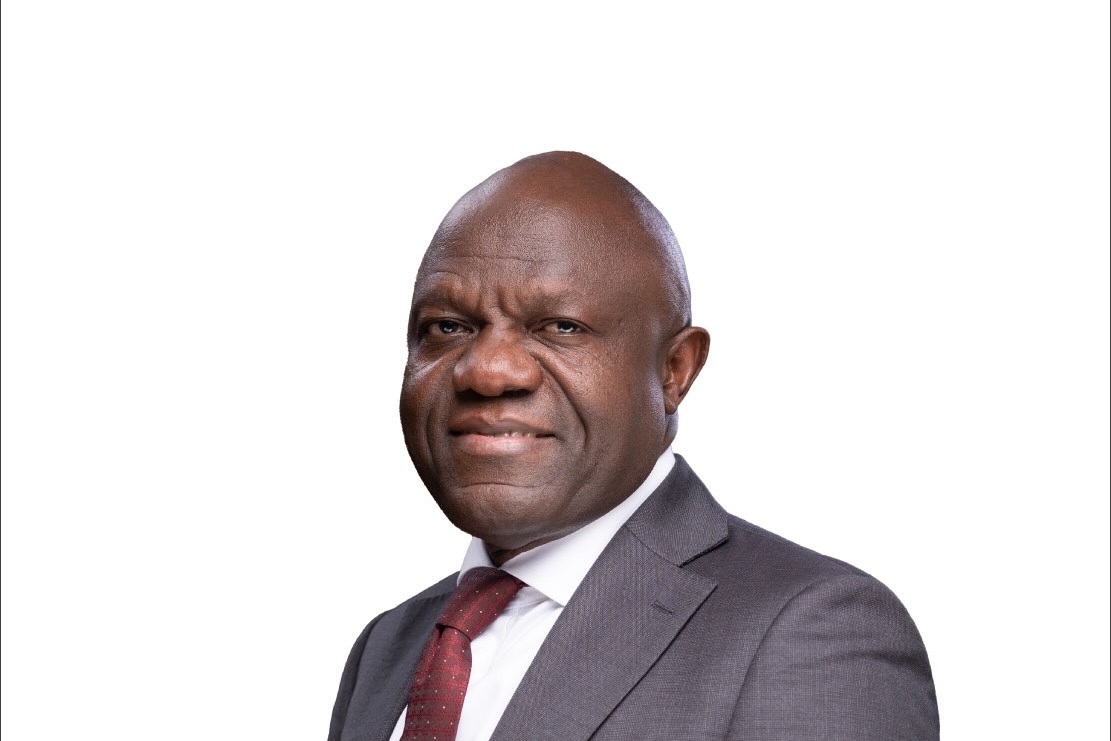NSSF’s investment strategy leading to massive losses in workers’ savings
NSSF offices in Mbarara
When it comes to talking at great length and with growing enthusiasm about the numerous accolades collected in their trophy cabinet over the years; East Africa’s largest provident fund by asset value — National Social Security Fund Uganda [NSSF] doesn’t shy away from the spotlight.
In flamboyant fashion, the fund parades its awards for financial reporting, communication and corporate governance to the contentment of its stakeholders who are primarily the workforce. NSSF’s accomplishments are usually backed by figures to validate the awards such as its total assets valued at Shs. 18.56 trillion [$4.9 billion] as of June 30, 2023.
New members recruited since 2022 who are counted at 180,802 for the 2023 financial year [FY] and increases in fully paid benefits to members. However true that may be, a lot of information about the fund that paints a holistic picture is lost in translation since it’s buried deep in their financial reports where only a keen eye can ferret out.
The information in question is important because it points to NSSF’s money, and how it’s managed; and signals whether the fund’s money is regressing, stunted, or growing. In that way, the stakeholders can hold the fund accountable, thereby guaranteeing its efficiency.
There are several bits of information buried in NSSF’s financial reports that sound the alarm on its financial health and spell danger ahead if changes are not made. These red flags should be of keen interest to the workforce who are the backbone of the fund. Of greatest importance is the foreign exchange loss the fund incurred in the fiscal year of 2023 amounting to Shs 1.05 trillion [$282.5 million] up from Shs. 13.63 billion [$3.6 million] the previous year.
This loss was a consequence of the Kenya shilling dropping in value against the Uganda shilling by more than 22.22% percent, the fund’s annual report for FY 2023 asserts. NSSF is heavily invested in Kenya, posting up Shs. 583 billion [$156.8 million] in Kenyan treasury bills and equities during the 2023 financial year alone.
Add that to the negative 34.48 percent performance of Nairobi Securities Exchange when translated to Uganda shillings where NSSF is invested in a dozen companies. Some of the companies that the fund has invested in, in the Kenyan bourse are Absa bank Kenya, Safaricom, NCBA bank, Cooperative Bank Kenya and Diamond trust bank to cite a few. This investment has resulted in the loss of Shs 105.2 billion [$28.3 million] in equities in the FY 2023 for the fund, and a dip in returns from fixed income from 15.1 percent in 2022 to 10.45 per- cent in 2023.
The losses in investment from Kenya are bound to get larger with financial challenges worsening because of the re- cent widespread protests opposing the Finance Bill 2024 which aimed to create revenue streams for the government to pay its debts. In this scenario, the liquidity risk of the fund from its Kenyan investments is heightened because returns are most likely not going to be availed at the right time.
NSSF needs them to honour its obligations like mid-term payments. This is going to disrupt the flow of work within the fund. Interestingly, Kenya’s provident fund — NSSF does not return the favour because its last released annual report in FY 2020/21 disclosed that the fund only had interests in two Ugandan companies. That is, Umeme Limited through the Nairobi Securities Exchange, and Stanbic bank Uganda on Uganda Securities Exchange.
NSSF’s interests in Tanzania are not any safer as the Tanzanian shilling weakened by 5.2 percent against the Uganda shilling in the 2022/23 financial year, and Dar es Salaam Stock Exchange market performance dipped by 4.02 percent. Overall, this led to a fair value loss on equities for the fund [where equities are sold below their market value] of Shs 125.948 billion [$33.8 million] for the year leading to June 30, 2023.
The fund’s financial statements indicate that despite growth in real estate investments of 11 percent in FY 2023 equivalent to Shs 1.299 billion [$349.5 million], a jack up from 1.272 billion [$342.2 million] in FY 2021/22; net real estate income dropped from Shs 15.4 billion [$4.1 million] in 2021 to Shs 11.946 billion [$3.2 million] in 2023.

This, it attributed to low occupancy rates, and house sales. Moreover, over 70 percent of the real estate asset class comprises undeveloped land. This means that the fund is going to increase investing in real estate despite a decline in yields from this asset class.
As detailed, NSSF is suffering a massive haemorrhage of funds in all its asset classes mainly because of its cagey regional investment policy. These losses are not attached to a single bad financial season; rather, they have become the norm. For instance, the integrated report of 2020 recorded a Shs 15 billion [$4 million] loss in dividend income.
The East African exchanges have cost the fund significant losses as far back as 2019, whereas the fund’s real estate projects have posted negative returns which are captured in NSSF’s integrated report of 2020 as a negative Sharpe ratio. In spite of acknowledging a 10.31 per- cent return on equities in the Ghana stock exchange, and a 14.81 percent return on Johannesburg stock exchange equities in their yearly report leading to June 2023; the region’s biggest institution maintains its 55 percent Ugandan portfolio while spreading the rest between Kenya and Tanzania.
The fund will not even consider investing in inflation-protected bonds in South Africa. Section 30 of the NSSF Act 2022 reaffirms that investment of the fund’s monies may be determined by the board in consultation with the minister responsible for finance. This clause doesn’t place border restrictions.
On why the fund has stuck with a regional investment policy despite the glaring shortfalls; former chairman of NSSF Uganda, Geoffrey Onegi Obel had this to say: “Generally in investing, lifetime savings of domestic workers should not be invested outside the domestic economy because it amounts to exporting Ugandan jobs outside instead of developing them within. As a fund manager, you only go outside for better returns you cannot get interiorly”.
“NSSF funds should work to create jobs in Uganda. More jobs mean more members, more members mean more contributions”.
“That being said, the fund treasury function should be alert to financial indicators and move in and out of portfolios looking for yields which build up to a strong year-end position which is the basis on which annual fund perfomance is determined”. Onegi Obel continues to suggest that “fund treasurers should not fear to get out of a declining portfolio and move proceeds to a stronger one because they fear being misunderstood for causing portfolio withdrawal loss”.
The former chairman of the fund remarked that if left alone with a strong jobs policy, NSSF can double in size every five years. Every effort to get the managing director of the fund, Patrick Ayota’s statement on the recurring losses proceeding from NSSF’s investment policy was without success as he didn’t pick up my call, or, respond to my messages.
When all is said and done, it’s not farfetched to dare say that the overall growth in value of the fund is for the most part based on the contributions of its more than 2.4 million registered members, annual recruits, and bittersweet returns from its fixed income securities. Not its counterproductive investment policy.
kidambamark@gmail.com
Source: The Observer
Share this content:




Post Comment